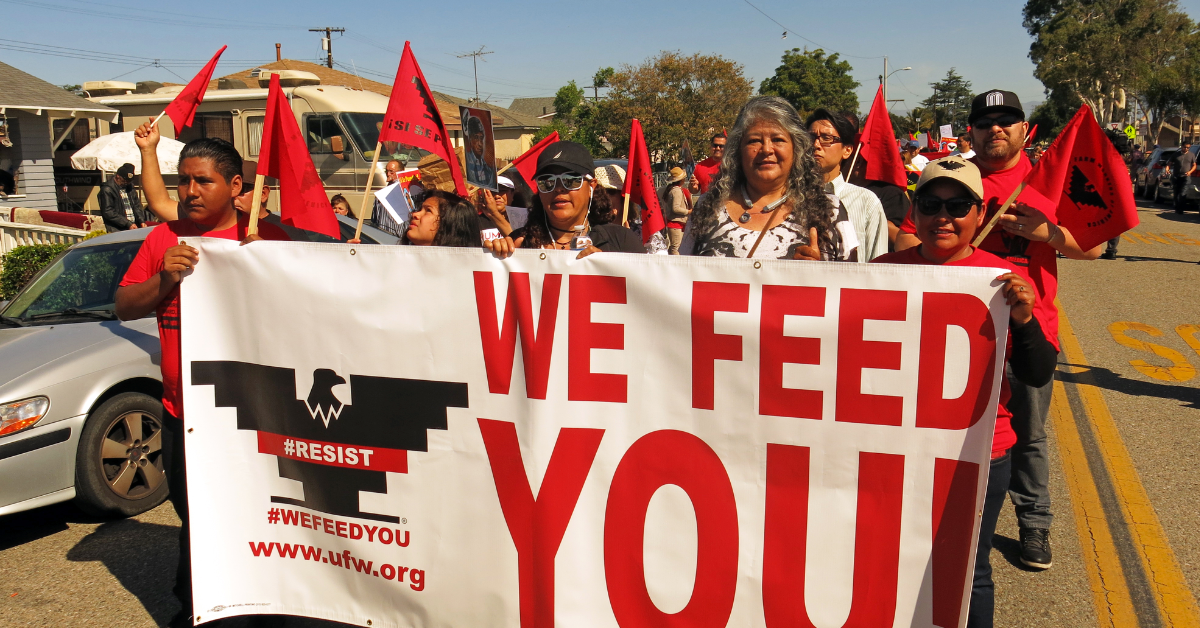California has long been known for its sunny weather, beautiful beaches, and iconic cities. Beneath the surface, however, lies a perpetual threat that has worsened over years: a historic water supply challenge threatening every aspect of our way of life.
Even with the recent storms, the state’s chronic water supply shortage will continue to be exacerbated by climate change, drought, an expanding economy, and population growth; leaving millions of Californians, local communities, businesses, and our economy in a precarious position. An optimistic snowpack this year unfortunately does not bring our state out of the drought.
California’s water supply threat is certainly not new. The state has been grappling with water scarcity for decades, with frequent droughts causing significant harm to agriculture, wildlife, tourism, and communities in all corners of the state.
In recent years, however, the situation has become much more dire. A combination of factors, including the driest three-year period in 1,200 years, aging infrastructure, antiquated state policies, and climate change, have conspired to create a challenge that threatens the very survival of some communities and sectors that the economy and jobs depend on.
A reliable and sustainable water supply is critical to every aspect of California’s economy and the quality of life for all Californians. Despite decades of effort to improve the water system, our infrastructure remains inadequate to meet present needs and is woefully unprepared to meet future needs.
To combat this impending collision course, I’ve authored Senate Bill 366, a measure that would transform California water management by modernizing the California Water Plan for a 21st century climate, setting water supply targets and ensuring accountability for state agencies on water management issues.
A critical part of this modernization, SB 366 would establish long-term water supply targets for the State to achieve, require development of a financing plan, and would update the requirement that state agencies develop a plan to achieve those goals, in consultation with local water agencies, wastewater service providers and other stakeholders.
The goals established in SB 366 would complement and amplify Governor Newsom’s Water Supply Strategy, ensuring there are water supply goals that extend beyond any single Administration.
These goals create new accountability and effectively generate a commitment from the State, the water community, and stakeholders to follow through on comprehensive, long-term water supply solutions that will transform water management and ensure a water supply for 40 million Californians and future generations.
California has a long and successful track record of setting goals through legislation in several sectors to establish desired change benefiting the State, residents, and businesses, including housing, climate, workforce development, education, transportation and public safety. But when it comes to water, we cannot afford to wait.
Impacts are already being felt in low-income and rural areas. Farmers have fallowed more than 400,000 acres, and according to a recent report by Public Policy of California, “The Future of Agriculture in the San Joaquin Valley,” the biggest challenge for agriculture is a projected 20 percent decline in water supplies in the future. That decline will have a devastating impact on agricultural communities along with a disproportionate impact on low income and communities of color in the Central Valley.
If we don’t act now, the consequences will get worse including 900,000 acres will be fallowed, 50,000 jobs lost, a GDP decline of $4.5 billion, and a regional economic activity decline of 2.3 percent.
Absent bold action and clear water supply targets, the state will be faced with extreme consequences, job losses, both in rural and urban communities, as well as a decline in business confidence and reduced investment in California. Sorely needed housing developments will be stalled and food security jeopardized. And we’ll certainly see increased water costs, stress on ecosystems and habitats and fewer people coming to our state for all the reasons that make it a desirable place to visit.
California policymakers, the water community, and all stakeholders need to work together to ensure that California’s water supply is sustainable and can preserve the California way of life, support economic vitality, and fulfill generational responsibility.
The time is now for collaboration and creating solutions through SB 366. All Californians and future generations depend on it.










